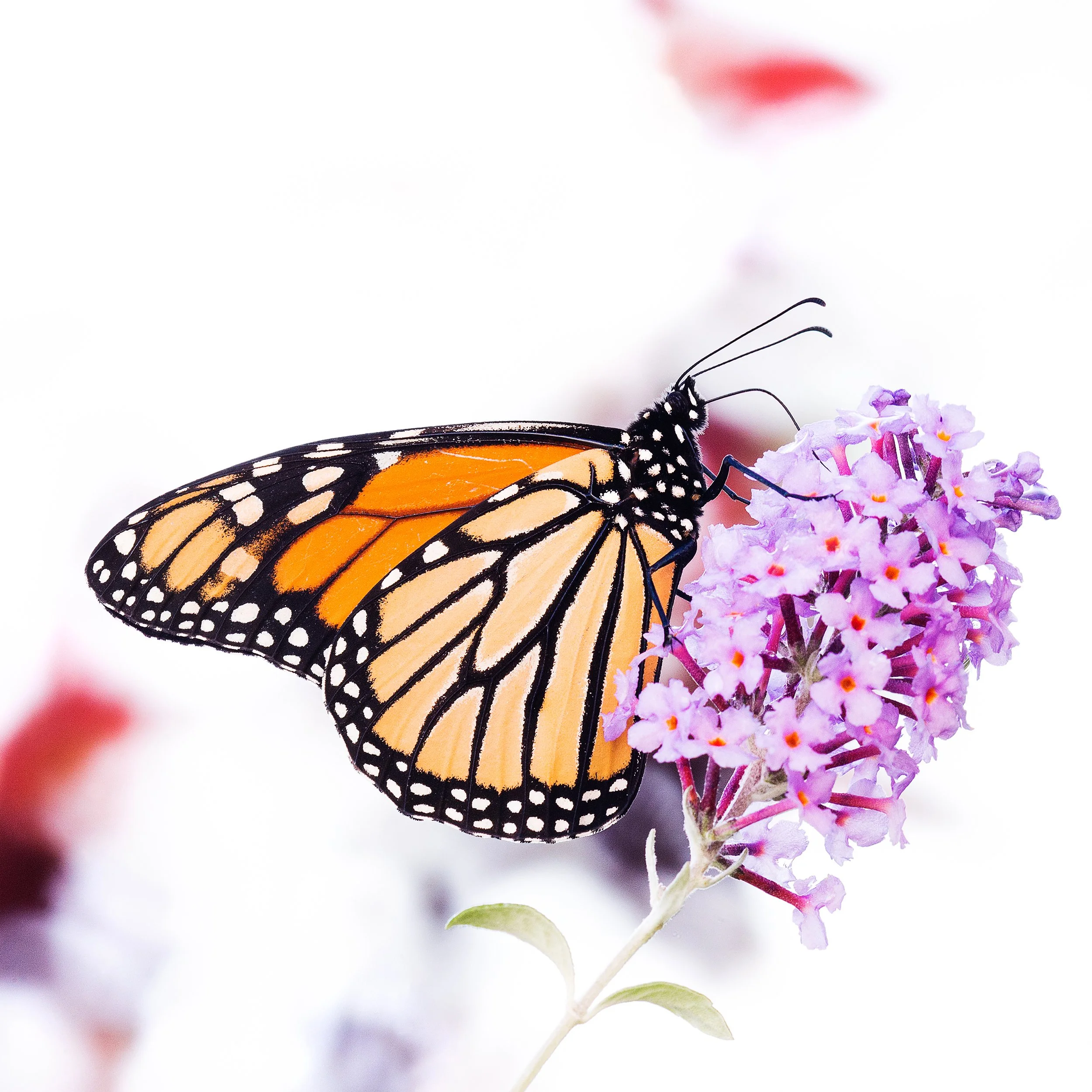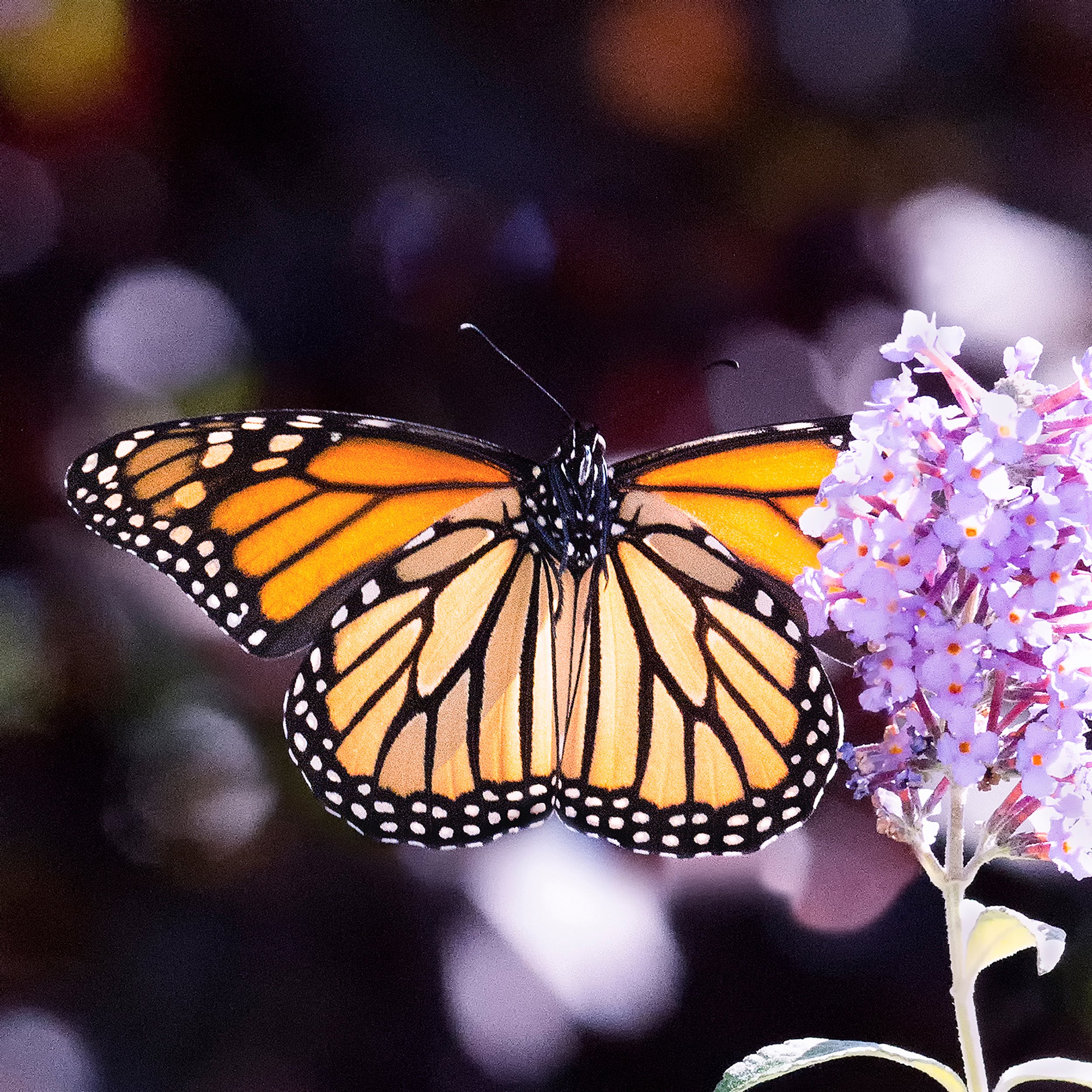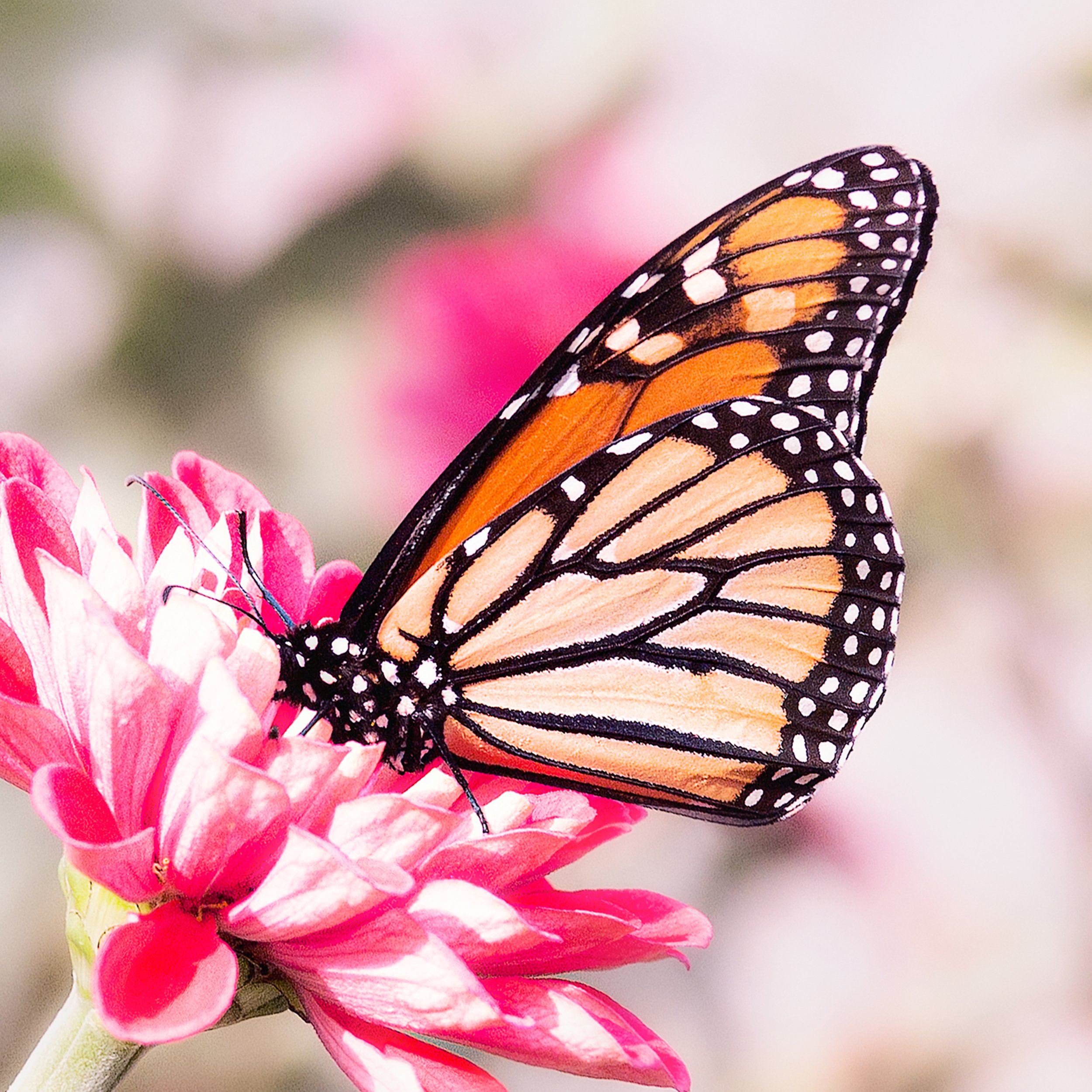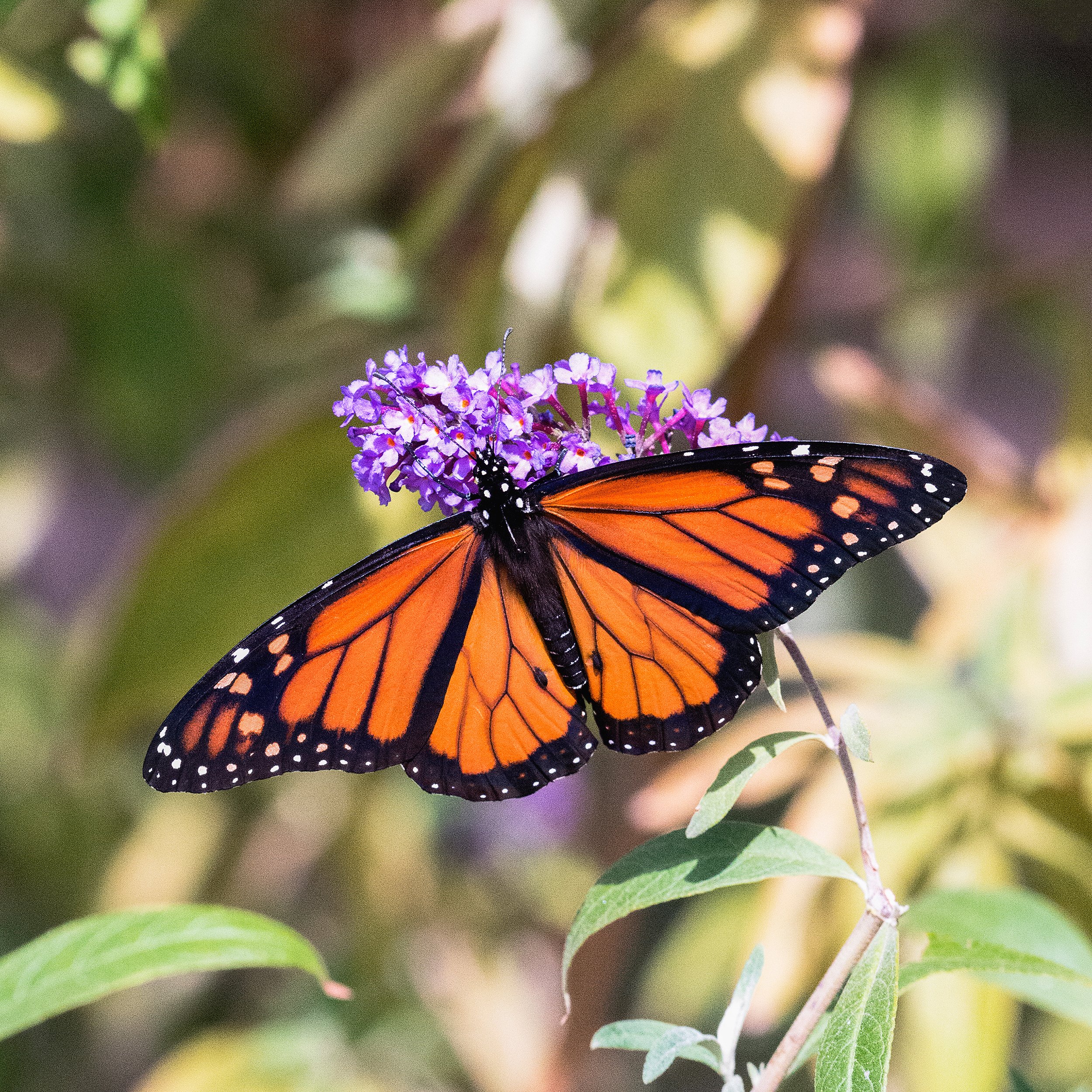Monarch Diaries - Week 2
August 14 – By Any Other Name, Part One
The monarchs in the garden are called eastern monarch butterflies.
It’s because they migrate everywhere east of the Rocky Mountains.
It sounds simple enough, and I just found that out.
August 15 – Worth the Wait
I have tried but cannot wish butterflies into the garden. Meanwhile, it’s a beautiful day.
There is always a need for raking or trimming or just closing my eyes and listening to the sounds of summer.
Maybe visualize the next monarch photograph. That’s not quite wishing. Is it?
The butterflies arrived late in the afternoon. It was worth the wait.
August 16 – Nectar Times
Plenty of healthy milkweed and nectar plants grow in spring and early summer. Yet, the garden has not been part of the monarchs early-season migration route going north.
At this time of summer, the monarch’s in the garden are on their return trip south. We will see a handful of monarch butterflies every day. That’s when the camera comes out.
The garden has been put together as a way-station for migrating monarchs and an open-air studio where I could photograph them.
They can find shelter and all kinds of nectar flowers and milkweed to help them on their journey.
Over time more monarch butterflies have stopped in the garden as they migrate south.
It’s a good butterfly day.
August 17 – Two Spots
There are two kinds of monarch butterflies.
How do I spot the difference? When a butterfly stretches its wings open, I look at the lower two wings for spots.
The males show two black spots. The females are without any spots on their bottom wings.
Sometimes it is not easy spotting the differences.
Over the next few days, and if the monarchs are willing, we’ll have photographs showing two spots or no spots on monarch butterflies.
_________
This monarch seemed to know the assignment.
The two black spots on the lower wings are (mostly) easy enough to spot.
August 18 – No Spots
I was running out of daylight and halfway finished with my self-assigned spots and no spots assignment.
Then this monarch stopped for nectar before moving on to its next place to be.
It’s easy to admire the coloration of all four wings. And a second look shows no black spots on the bottom wings.
It takes some practice and a bit of patience.
The next time you are with the monarchs, or maybe even as you move through these pages, try spotting the spots yourself.
August 19 – Party of One
This monarch stopped long enough to taste test the nectar of the zinnia before it flew up, circled, and returned to the same flower.
It did that nearly a dozen times.
I was ready to photograph after the first few trips around.
Then I watched the show for the last couple of turns that the butterfly took.
It’s a good day for a taste-testing party of one.





